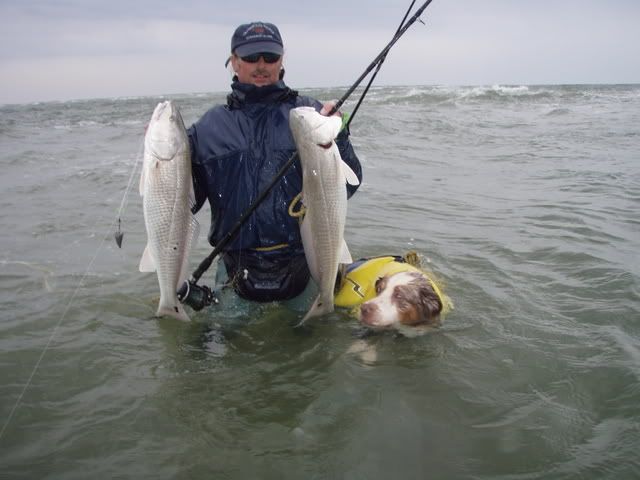
Originally Posted by
paumanok

jonthepain--
Your acquaintance is quite the daring guy.
I can relate--wading to my armpits was a matter of course for me, whatever the water.
I fished that way one time out with my sister and brother-in-law. I was having a blast. When I finally started to trudge back in, I noticed neither of them was fishing, they were just standing there like two deer in headlights. Neither was impressed with my antics.
A couple of weeks later, my brother-in-law called to tell me that a friend of his had drowned in waters not three miles from where we had been fishing.
I fly fish and wear a stripping basket. My new rule of thumb: when the water hits the bottom of the basket, I've gone far enough. No fish is worth more.



 Reply With Quote
Reply With Quote I like to fish the inlets I can walk out on the rocks to, too scared to wade them. As for rip currents, I fish them with plugs, from the safety of the shore. That may sound like sissy fishing, but I don't want to get carried away to England.
I like to fish the inlets I can walk out on the rocks to, too scared to wade them. As for rip currents, I fish them with plugs, from the safety of the shore. That may sound like sissy fishing, but I don't want to get carried away to England. 




 I would have thought that the water would be too cold for the dog.
I would have thought that the water would be too cold for the dog. 




